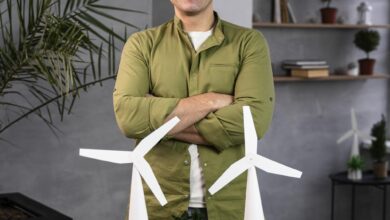Toyota invests $500 million into Uber

Toyota and Uber are partnering to bring an on-demand autonomous ride-hailing service to market, a deal that includes a $500 million investment from the Japanese automaker.
Under the agreement, Toyota Sienna minivans will be equipped with Uber’s self-driving technology and then deployed on the ride-hailing company’s network, the companies said.
The deal, which was first reported by the WSJ and later confirmed with new details by TechCrunch, is unusual because a third—and yet unnamed fleet operator—would own and operate the mass-produced autonomous vehicles. Pilot-scale deployments will begin on the Uber ride-sharing network in 2021, the companies said.
It’s a first of its kind deal for Uber, CEO Dara Khosrowshahi noted in a statement released Monday afternoon. It’s also one that should help further improve Uber’s image as a reckless do-now-ask-for-forgiveness startup, particularly in the wake of the fatal self-driving vehicle accident in March.
“Uber’s advanced technology and Toyota’s commitment to safety and its renowned manufacturing prowess make this partnership a natural fit,” Khosrowshahi. “I look forward to seeing what our teams accomplish together.”
The companies are calling this a “Autono-MaaS” fleet, a jargon term meant to mean autonomous-mobility as a service.
Toyota (and its research arm the Toyota Research Institute) has a different deployment strategy for autonomous vehicles than its competitors. The company has previously said it plans to take a dual approach to autonomy that it calls “Guardian” and “Chauffeur,” both of which use the same technology stack.
Toyota’s idea is to develop fully autonomous cars to serve an aging population and the disabled as well as work on technology for regular production cars that could switch between assisted and full autonomy. This “guardian” technology would operate silently in the background.
TRI debuted its first-generation autonomous vehicle in March 2017. Its Platform 2.1 vehicle, revealed just a few months later, features light ranging and detection radar developed by Silicon Valley startup Luminar.
Under this new agreement, Uber’s autonomous driving system and the Toyota “guardian” automated safety support system would both be integrated into these Autono-MaaS vehicles.
Toyota will also use its core information infrastructure for connected vehicles—something is calls a mobility services platform, or MSPF.
“Uber’s automated driving system and Toyota’s guardian system will independently monitor the vehicle environment and real-time situation, enhancing overall vehicle safety for both the automated driver and the vehicle,” said Dr. Gill Pratt, Toyota Research Institute CEO.
Toyota already had a relationship with Uber, albeit not as close as it will under this new arrangement. Toyota announced at CES in January that it is working with Amazon, ride-hailing companies Uber and Didi, automaker Mazda and Pizza Hut to develop an electric autonomous shuttle that can be used to deliver people or packages. The business alliances were created to focus on the development of the new e-Palette Concept Vehicle in the near term.
Source: TechCrunch




